
Widespread magmatic provinces at the onset of the Sturtian snowball Earth. (Earth and Planetary Science Letters. https://doi.org/10.1016/j.epsl.2022.117736)

Taphonomic study of Chuaria fossils from the Ediacaran Lantian biota of South China. (Precambrian Research, https://doi.org/10.1016/j.precamres.2021.106529)
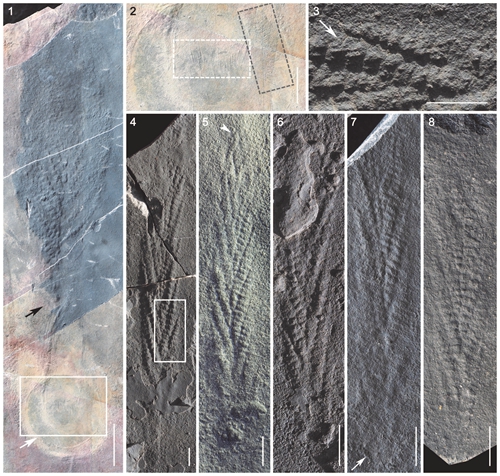
The rangeomorph fossil Charnia from the Ediacaran Shibantan biota in the Yangtze Gorges area, South China. (Journal of Paleontology https://doi.org/10.1017/jpa.2022.1097)

FossilMorph: A new tool for fossil automatic measurement and statistical analysis. (Palaeoworld https://doi.org/10.1016/j.palwor.2022.11.001)
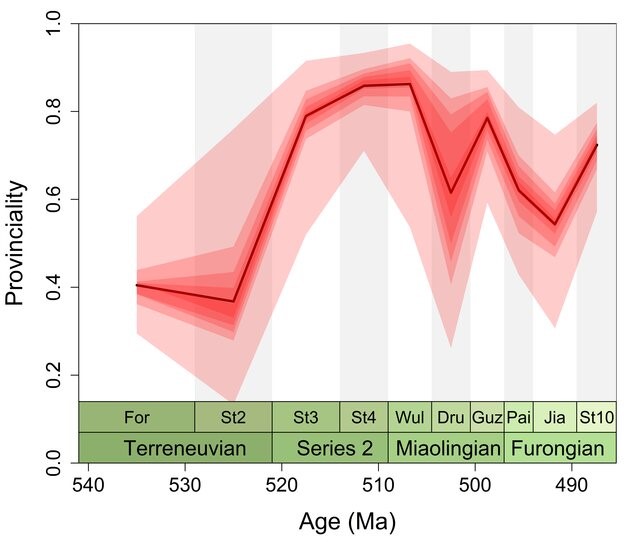
Coupling of geographic range and provincialism in Cambrian marine invertebrates. (Paleobiology https://doi.org/10.1017/pab.2022.36)

Innovatiocaris, a complete radiodont from the early Cambrian Chengjiang Lagerstatte and its implications for the phylogeny of Radiodonta. (Journal of the Geological Society. https://doi.org/10.1144/jgs2021-164)
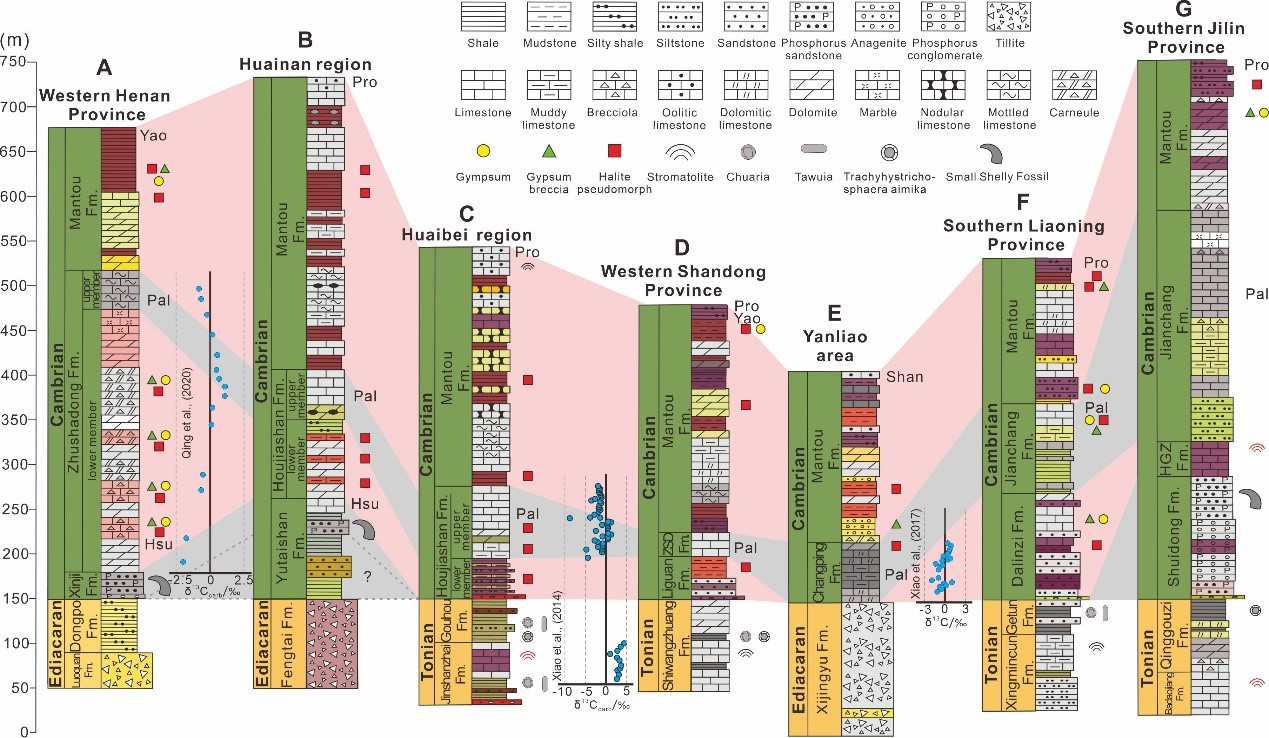
Early Cambrian evaporite deposits in the North China Craton and their event stratigraphic, paleogeographic, and paleoenvironmental implications. (Journal of Asian Earth Sciences https://doi.org/10.1016/j.jseaes.2022.105489)

The middle Cambrian Linyi Lagerstatte from the North China Craton: a new window on the Cambrian evolutionary fauna. (National Science Review. https://doi.org/10.1093/nsr/nwac069)
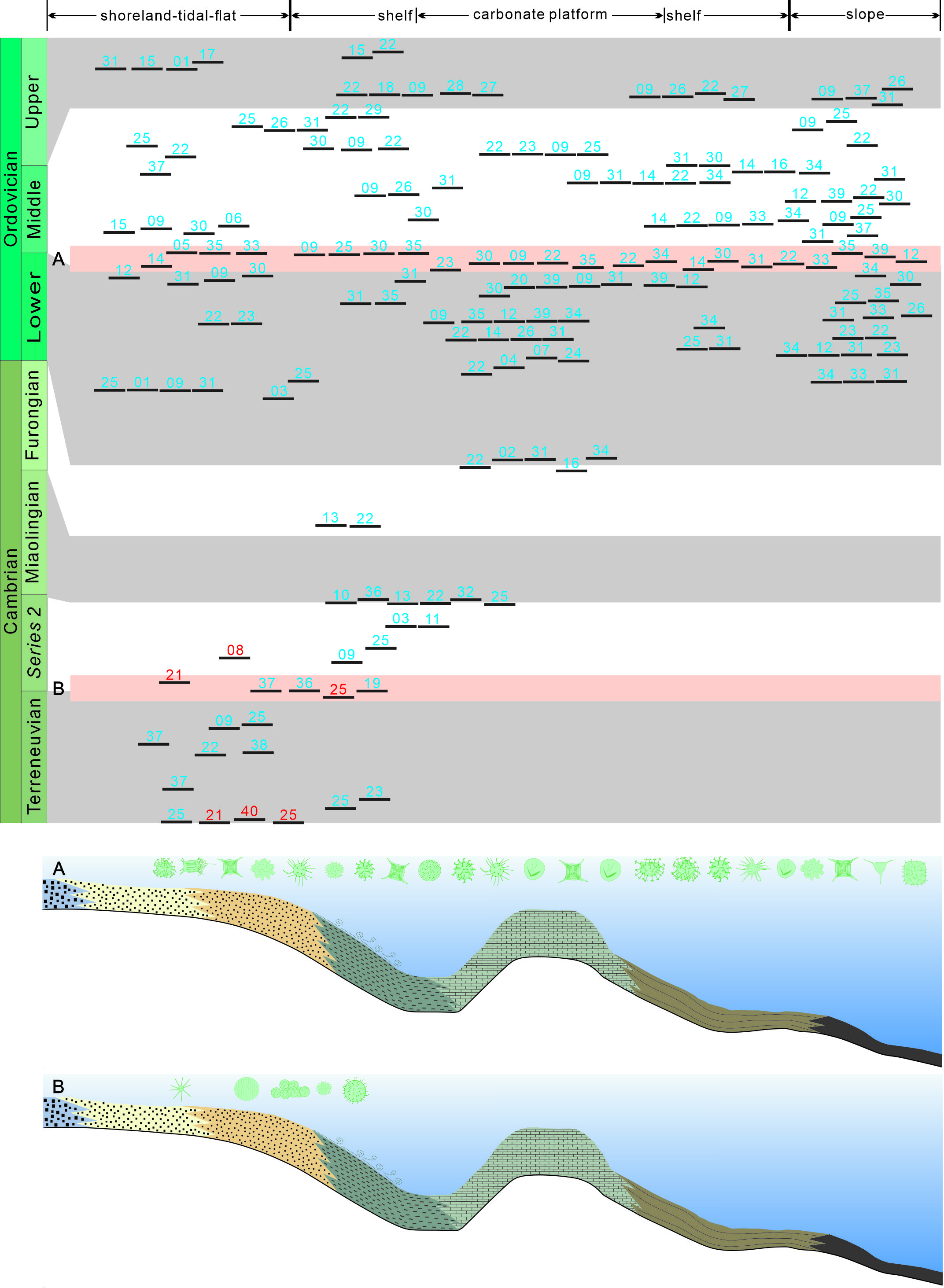
Palaeoecology of Cambrian–Ordovician acritarchs from China: evidence for a progressive invasion of the marine habitats. (Phil. Trans. R. Soc. B. https://doi.org/10.1098/rstb.2021.0035)
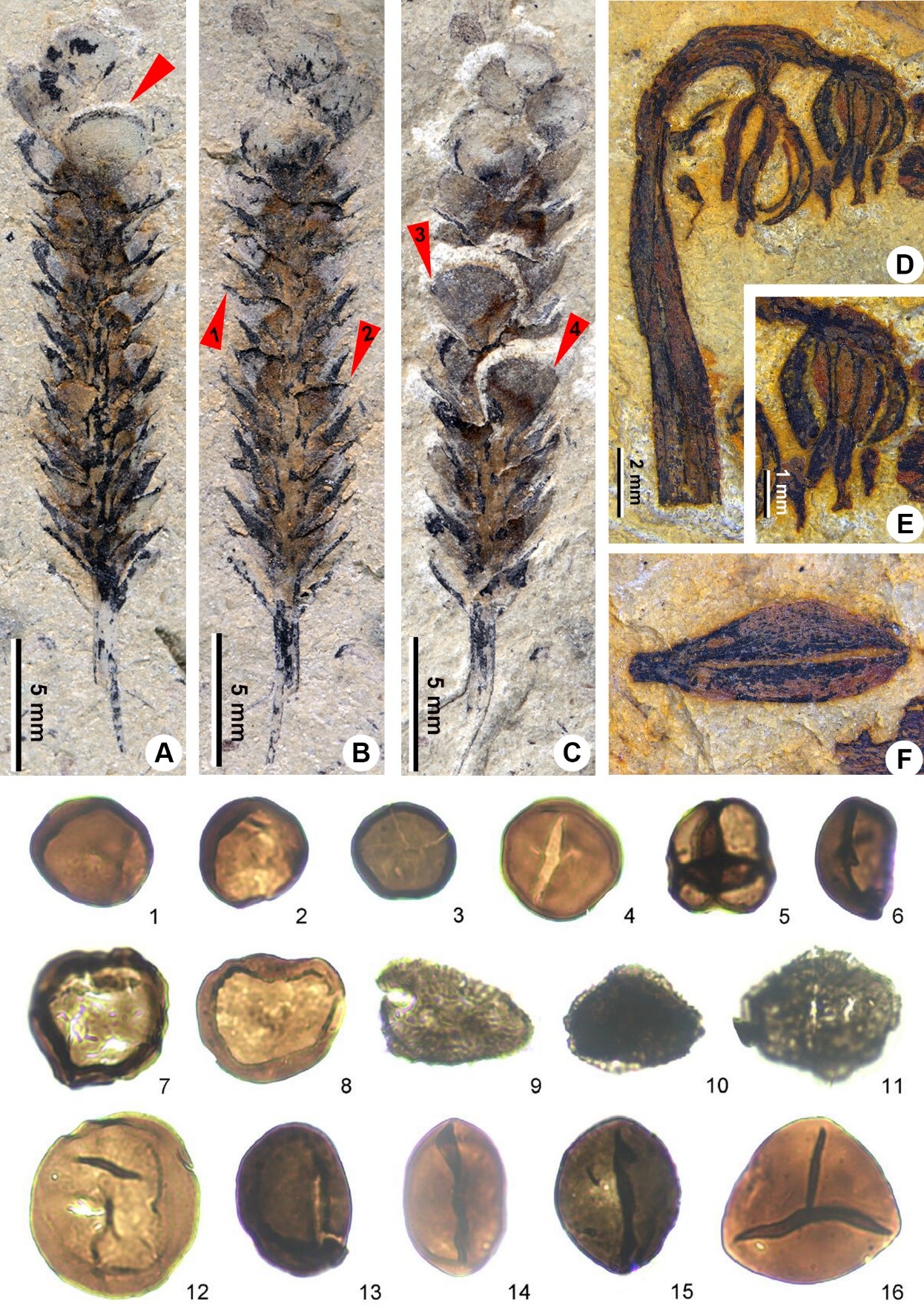
Palynological assemblage of the Lower Devonian of Hezhang, Guizhou, southwestern China. (Review of Palaeobotany and Palynology. https://doi.org/10.1016/ j.revpalbo.2021.104561)

Toward a unified and refined Ordovician stratigraphy for the western Yangtze region, South China. (Palaeoworld. https://doi.org/10.1016/j.palwor.2022.04.003)

The Liexi fauna: a new Lagerstatte from the Lower Ordovician of South China. (Proceedings of the Royal Society B. https://doi.org/10.1098/rspb.2022.1027)

Middle Ordovician shallow-water gastropods from southern Xizang (Tibet), China. (Palaeoworld. https://doi.org/10.1016/j.palwor.2022.08.003)

Progressive expansion of seafloor anoxia in the Middle to Late Ordovician Yangtze Sea: Implications for concurrent decline of invertebrate diversity. (Earth and Planetary Science Letters. https://doi.org/10.1016/j.epsl.2022.117858)
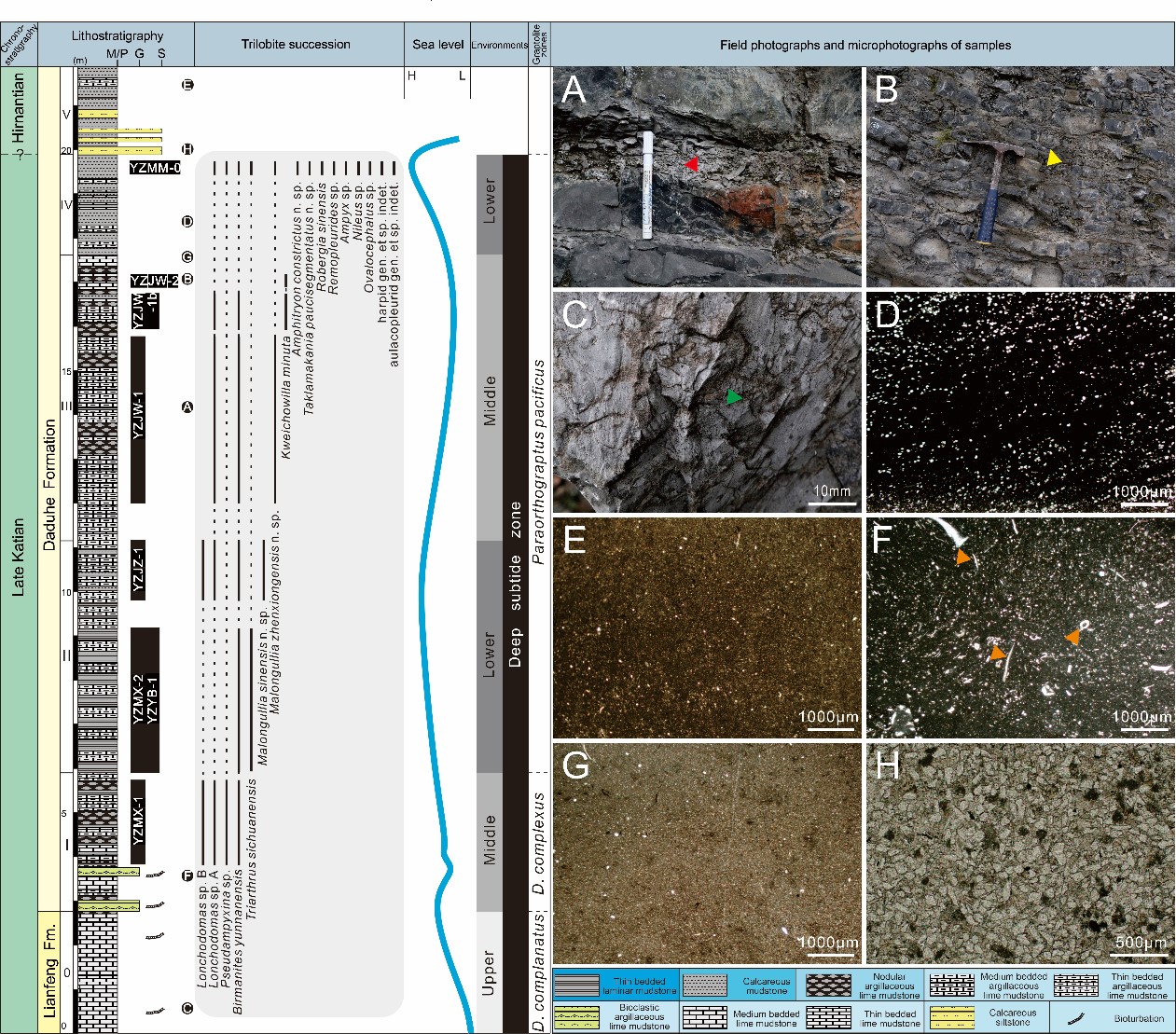
A new late Katian (Late Ordovician) trilobite association from Zhenxiong, northeastern Yunnan, Southwest China and its palaeoecological implications. (Palaeoworld. https://doi.org/10.1016/j.palwor.2022.01.008)

Taphonomy of exceptional sponge preservation in the Hirnantian Anji Biota, China. (Journal of the Geological Society. https://doi.org/10.1144/jgs2021-112)

Llandovery (Silurian) conodont biofacies on the Yangtze Platform of South China and their palaeoenvironmental implications. (Journal of Asian Earth Sciences. https://doi.org/10.1016/j.jseaes.2021.105044)

Global cooling initiated the Middle-Late Mississippian biodiversity crisis. (Global and Planetary Change https://doi.org/10.1016/j.gloplacha.2022.103852)
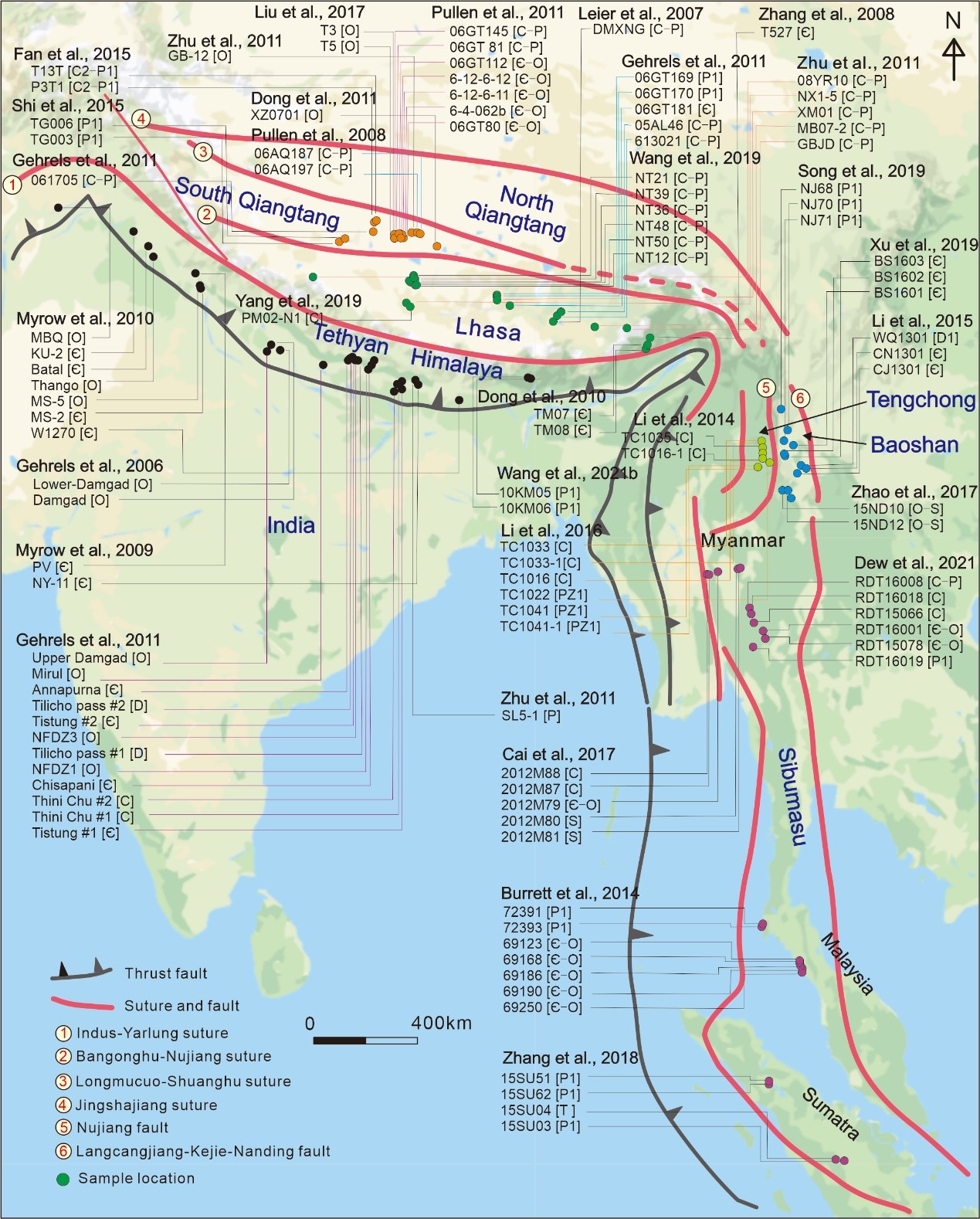
Revisiting the paleogeographic framework of northeastern Gondwana in the late Paleozoic: implications from detrital zircon analysis. (Sedimentary Geology. https://doi.org/10.1016/j.sedgeo.2022.106144)
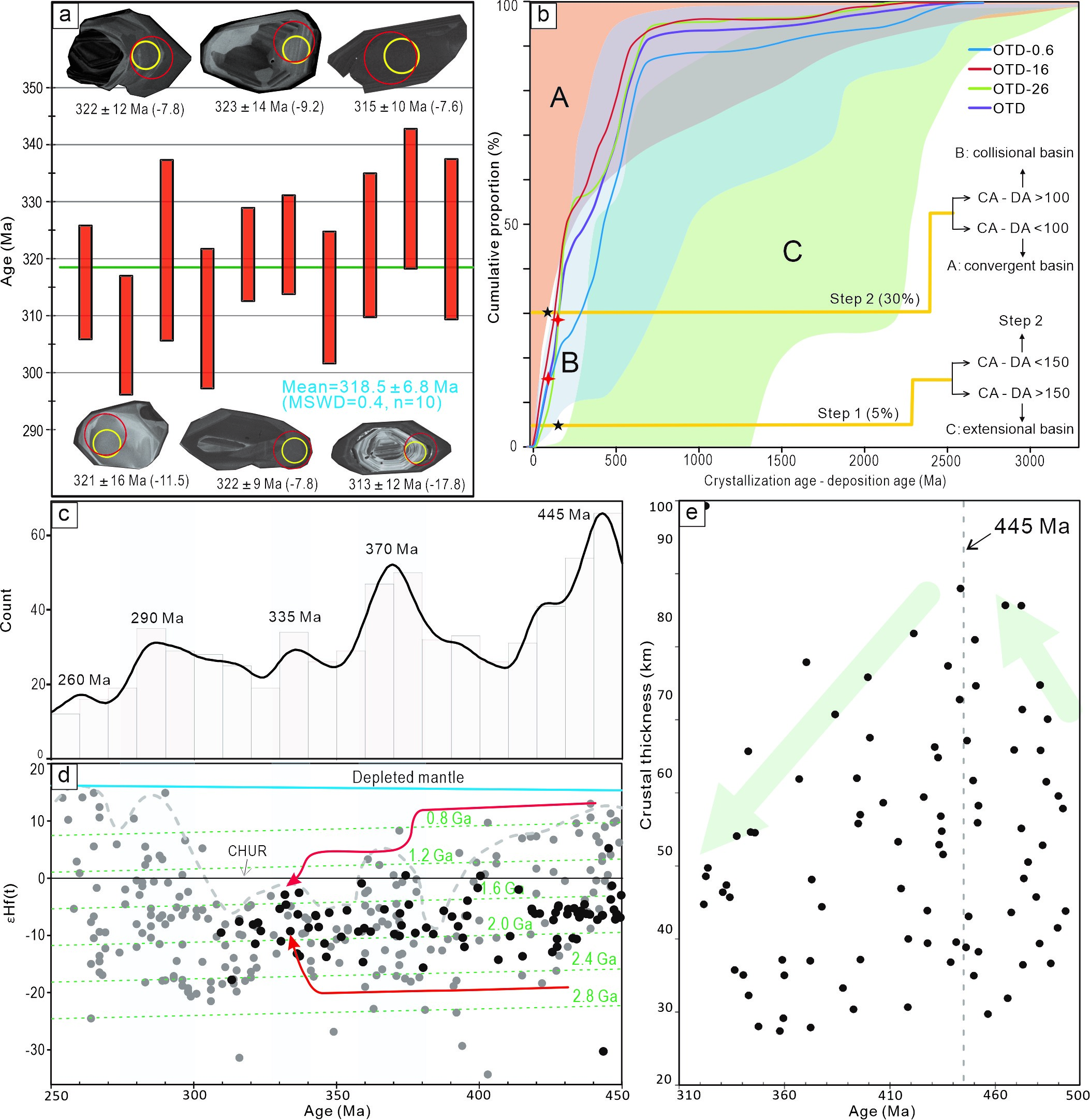
Resolving the tectonic setting of South China in the late Paleozoic. (Geophysical Research Letters. https://doi.org/10.1029/2022GL099809)
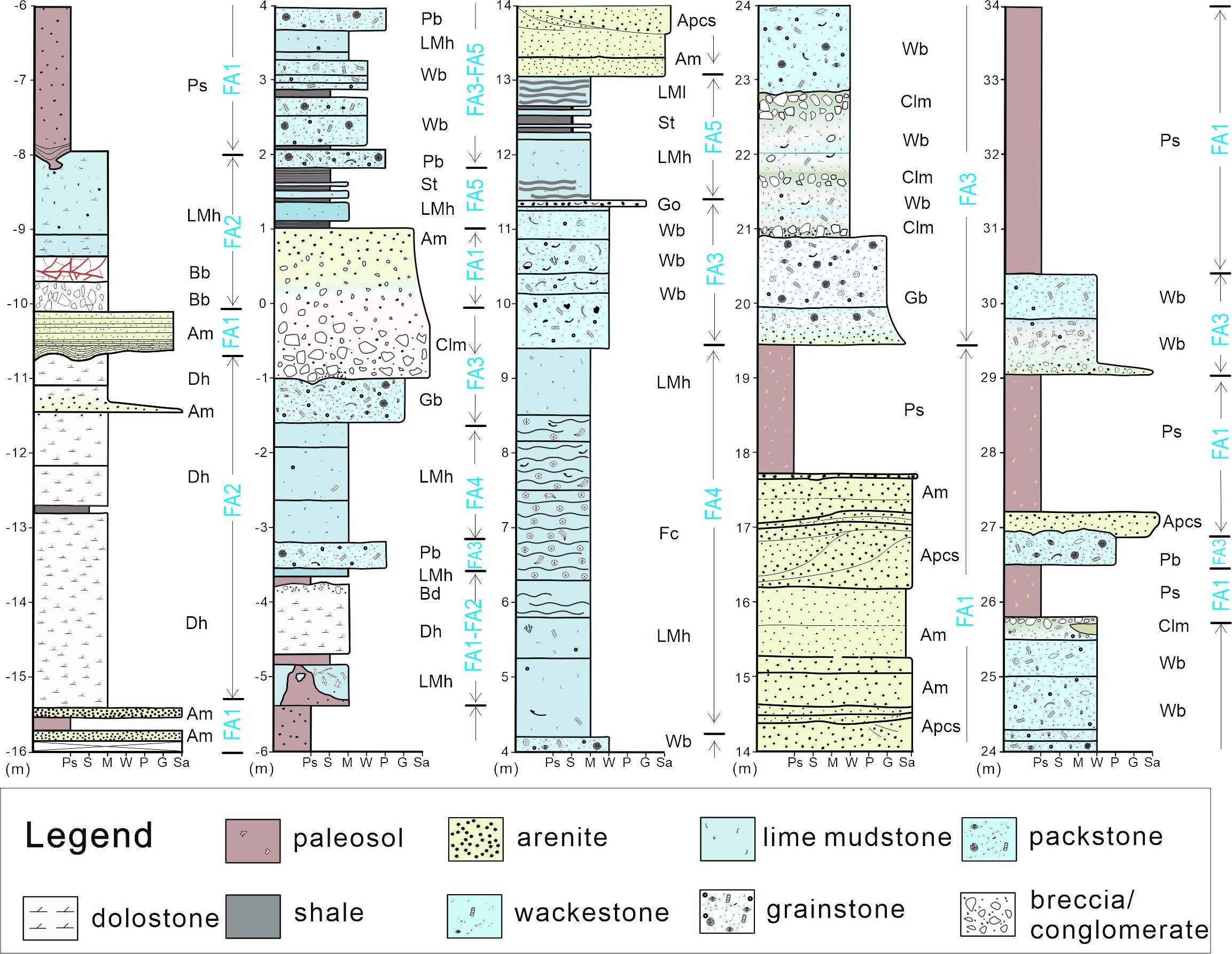
A record of enhanced water cycle in the late Paleozoic icehouse. (Global and Planetary Change. https://doi.org/10.1016/j.gloplacha.2022.103957)

A new late Kungurian (Cisuralian, Permian) conodont and fusuline fauna from the South Qiangtang Block in Tibet and their implications for correlation and paleobiogeography. (Palaeogeography, Palaeoclimatology, Palaeoecology. https://doi.org/10.1016/j.palaeo.2021.110822)

Permian foraminifers from the exotic limestone blocks within the central Qiangtang Metamorphic Belt, Tibet and their geological implications. (Journal of Asian Earth Sciences. https://doi.org/10.1016/j.jseaes.2022.105426)
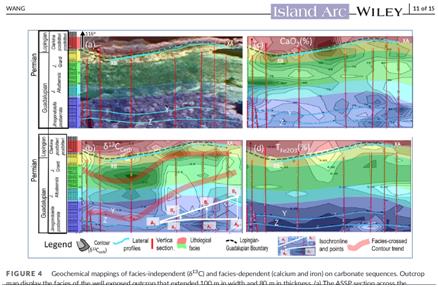
Grid mapping revealed hidden geochemical lens and its chemostratigraphic bias in the middle-upper Permian marine carbonate sequence in Laibin, South China. (Geological Journal https://doi.org/10.1002/gj.4156)

High-resolution sedimentology, ichnology, and benthic marine redox conditions from Late Permian to the earliest Triassic at Shangsi, South China: Local, regional, and global signals and driving mechanisms. (Earth-Science Reviews. https://doi.org/10.1016/j.earscirev.2021.103898)

Ecological radiations of insects in the Mesozoic. (Trends in Ecology & Evolution. https://doi.org/10.1016/j.tree.2022.02.007)

Widespread grylloblattid insects after the end-Permian mass extinction. (Frontiers in Earth Science. https://doi.org/10.3389/feart.2022.853833)

Arctic ice and the ecological rise of the dinosaurs. (Science Advances. https://www.science.org/doi/10.1126/sciadv.abo6342)

Carpels from the Middle Triassic of Spain. (Plants. https://doi.org/10.3390/plants11212833)

Response of Carnian Pluvial Episode evidenced by organic carbon isotopic excursions from western Hubei, South China. (Palaeoworld. https://doi.org/10.1016/j.palwor.2021.08.004)

Palynological record of the Carnian Pluvial Episode from the northwestern Sichuan Basin, SW China. (Review of Palaeobotany and Palynology. https://doi.org/10.1016/j.revpalbo.2022.104704)
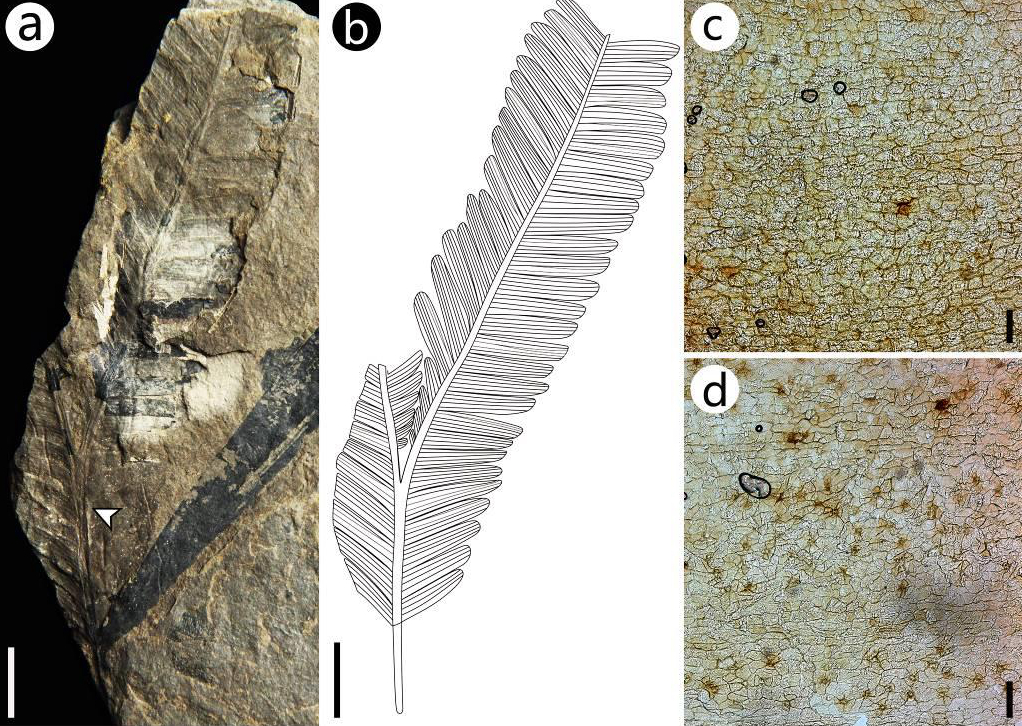
Ptilozamiteschinensis (Pteridospermopsida) from the Late Triassic of South China with considerations on its intraspecific variability and palaeoenvironmental preferences, (Review of Palaeobotany and Palynology. https://doi.org/10.1016/j.revpalbo.2022.104727)
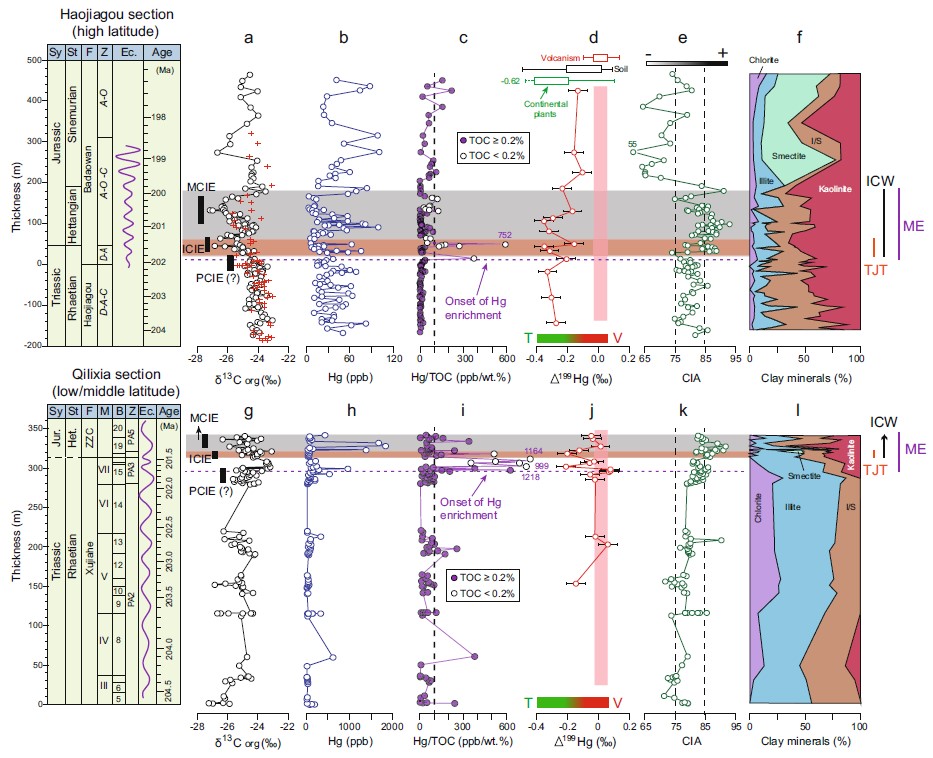
Intensified continental chemical weathering and carbon cycle perturbations linked to volcanism during the Triassic-Jurassic transition. (Nature Communications. https://www.nature.com/articles/s41467-022-27965-x)
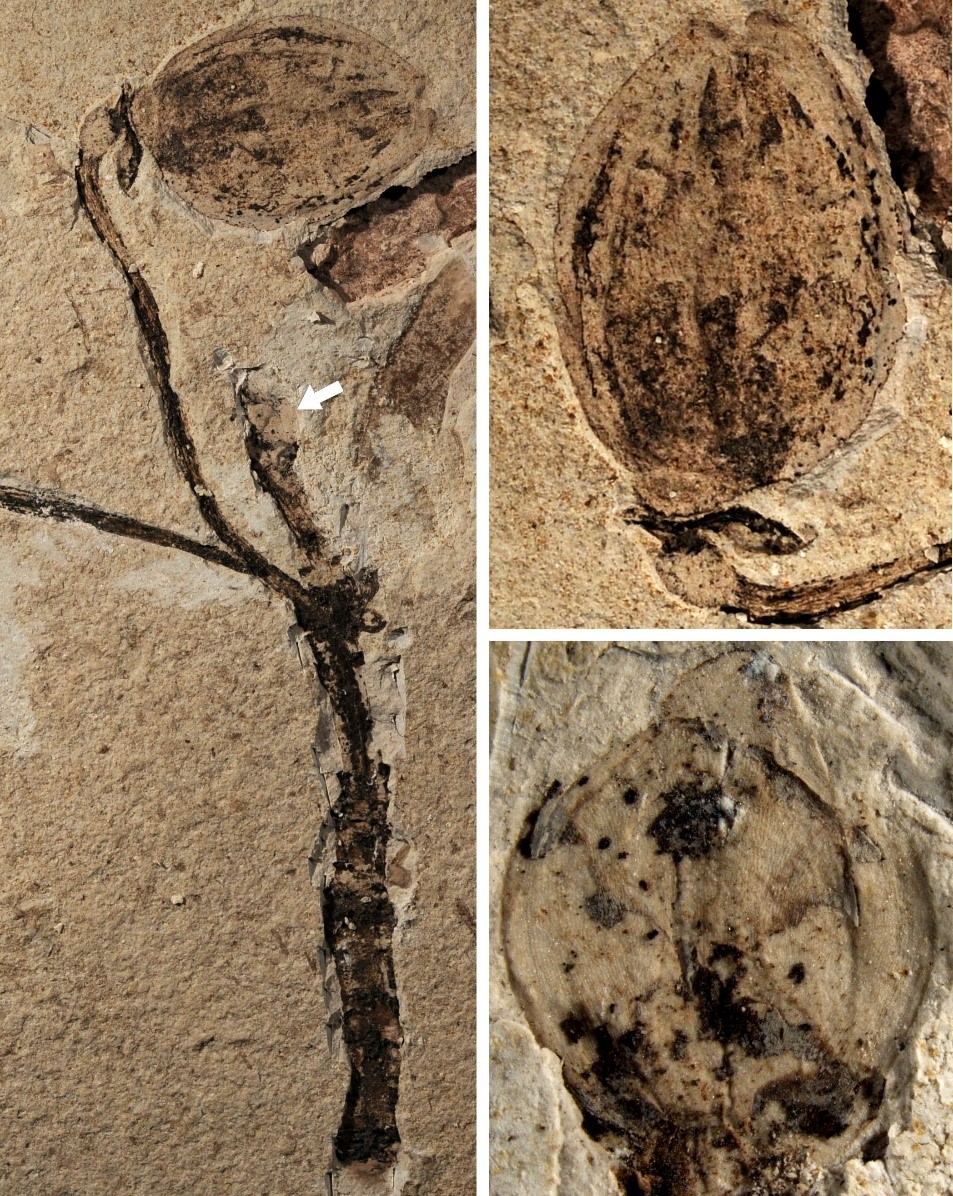
A Jurassic flower bud from China. (Geological Society, London, Special Publications. https://doi.org/10.1144/SP521-2021-122)
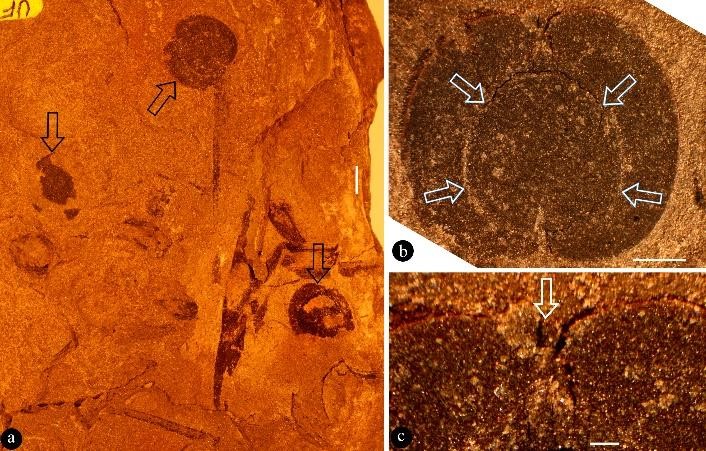
The currently earliest angiosperm fruit from the Jurassic of North America. (Biosys: Biological Systems. https://doi.org/10.37819/biosis.001.04.0160)

Mayflies as resource pulses in Jurassic lacustrine ecosystems. (Geology. https://doi.org/10.1130/G50055.1)
The first Sharephemeridae (Insecta: Ephemeroptera) from the Jurassic Shiti Formation of South China. (Historical Biology. https://doi.org/10.1080/08912963.2022.2077649)

The earliest known brood care in insects. (Proc. R. Soc. B. https://doi.org/10.1098/rspb.2022.0447)
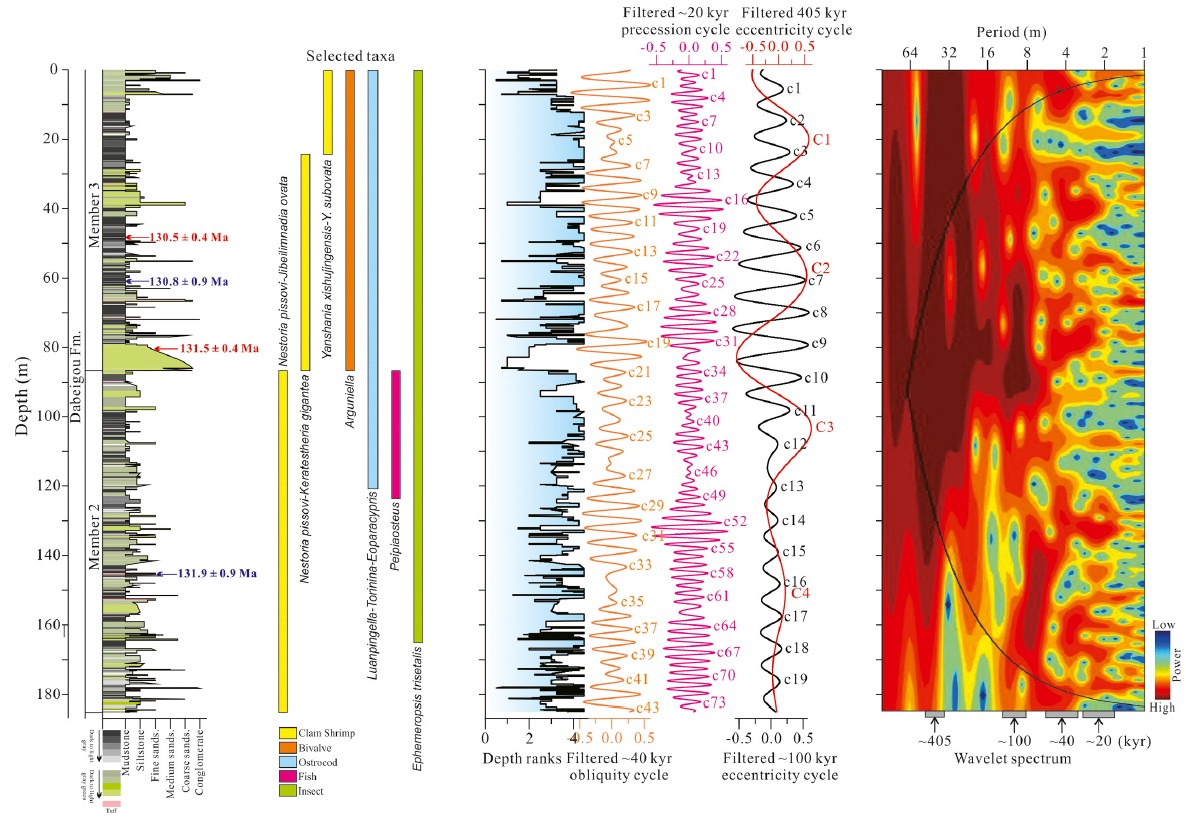
A new astronomical time scale for the early Jehol Biota in the Luanping Basin, northeastern China. (Palaeogeography, Palaeoclimatology, Palaeoecology. https://doi.org/10.1016/j.palaeo.2022.111273)

2022. Genus classification of Triprojectacites Mtchedlishvili, 1961 emend. Stanley 1970. (Grana. https://doi.org/10.1080/00173134.2022.2050804)
Triprojectacites in the Songliao Basin, Northeast China: Systematics, biostratigraphy and evolution. (Cretaceous Research https://doi.org/10.1016/j.cretres.2022.105193)

Carbon cycle perturbation and mercury anomalies in terrestrial Oceanic Anoxic Event 1b from Jiuquan Basin, NW China. (GSL Special Publications. http://dx.doi.org/10.1144/SP521-2021-149)

A novel Early Cretaceous flower and its implications on flower derivation. (Biology. https://doi.org/10.3390/biology11071036)

A Flower Bud from the Lower Cretaceous of China. (Biology. https://doi.org/10.3390/biology11111598)
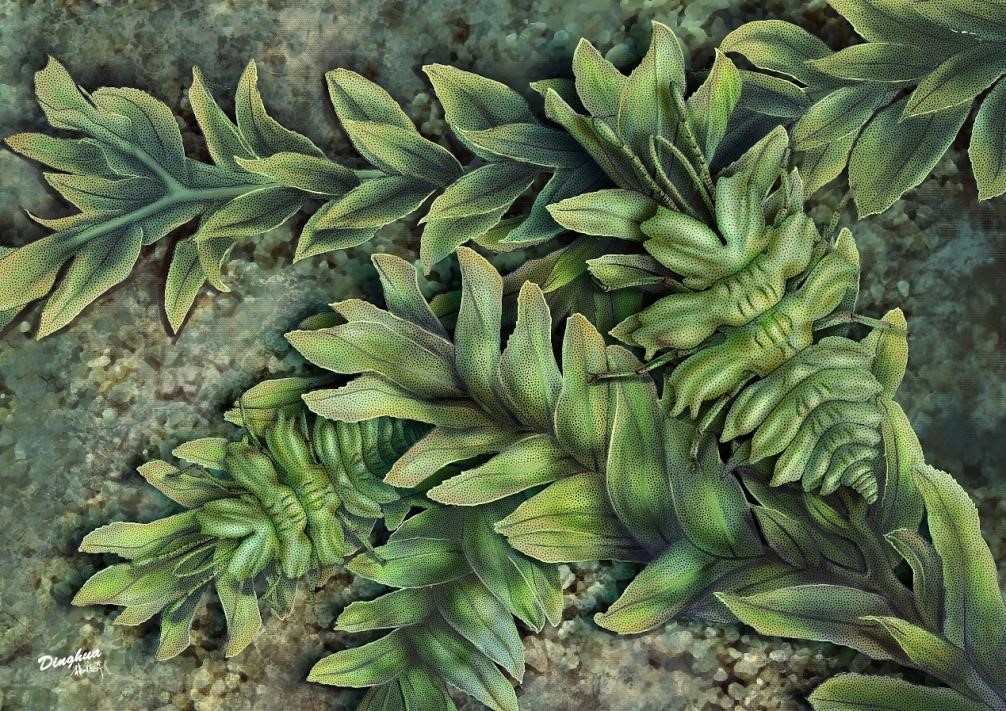
Re-appraisal of lacewing mimicry of liverworts from the mid-Cretaceous Kachin amber, Myanmar with a description of Selaginella cretacea sp. nov. (Selaginellales, Selaginellaceae). (Cretaceous Research. https://doi.org/10.1016/j.cretres.2022.105143)
Radula heinrichsii (Radulaceae, Porellales), a leafy liverwort from the mid-Cretaceous of Myanmar. (Palaeoworld. https://doi.org/10.1016/j.palwor.2022.01.006)
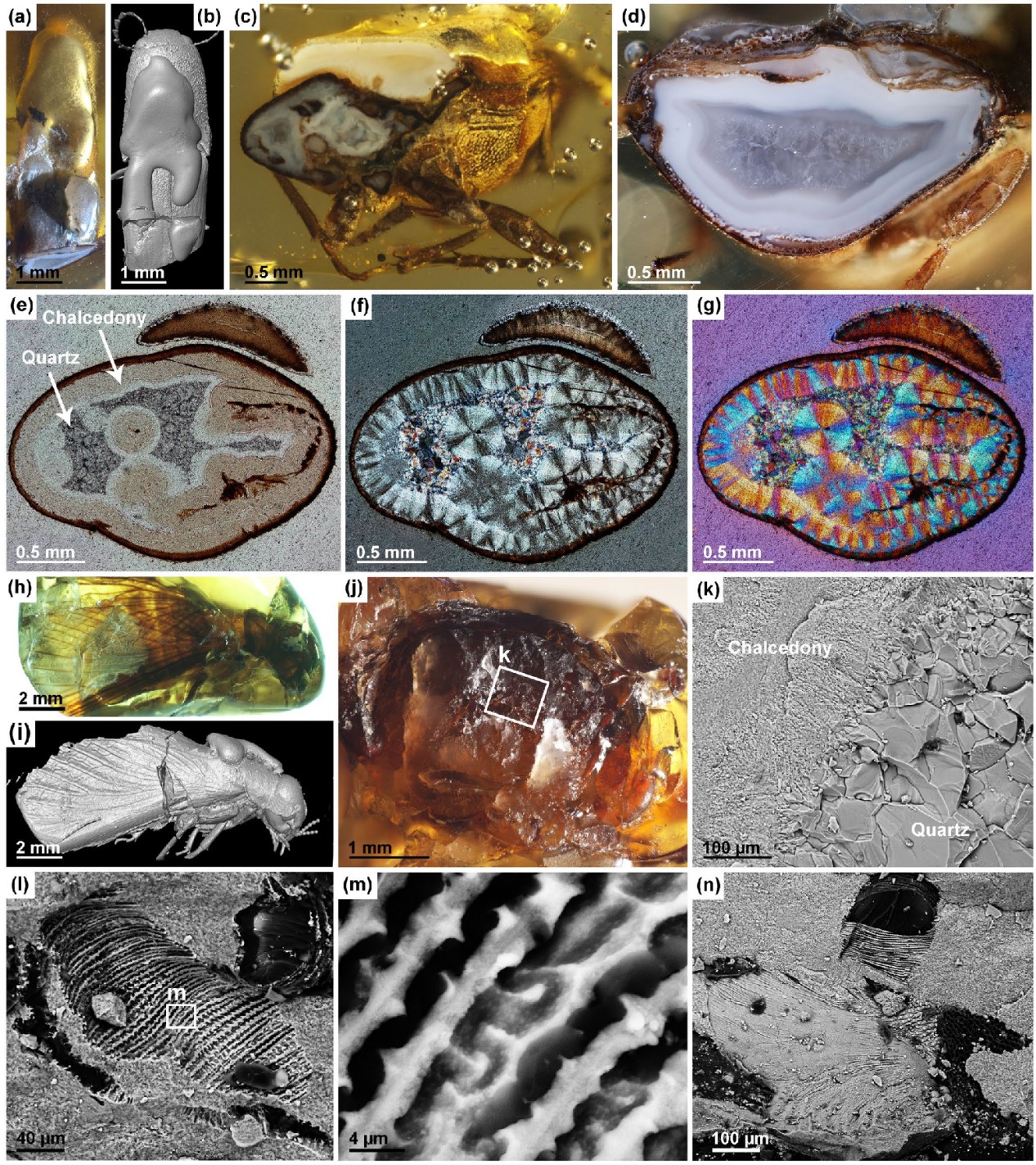
Widespread mineralization of soft-bodied insects in Cretaceous amber. (Geobiology. https://doi.org/10.1111/gbi.12488)
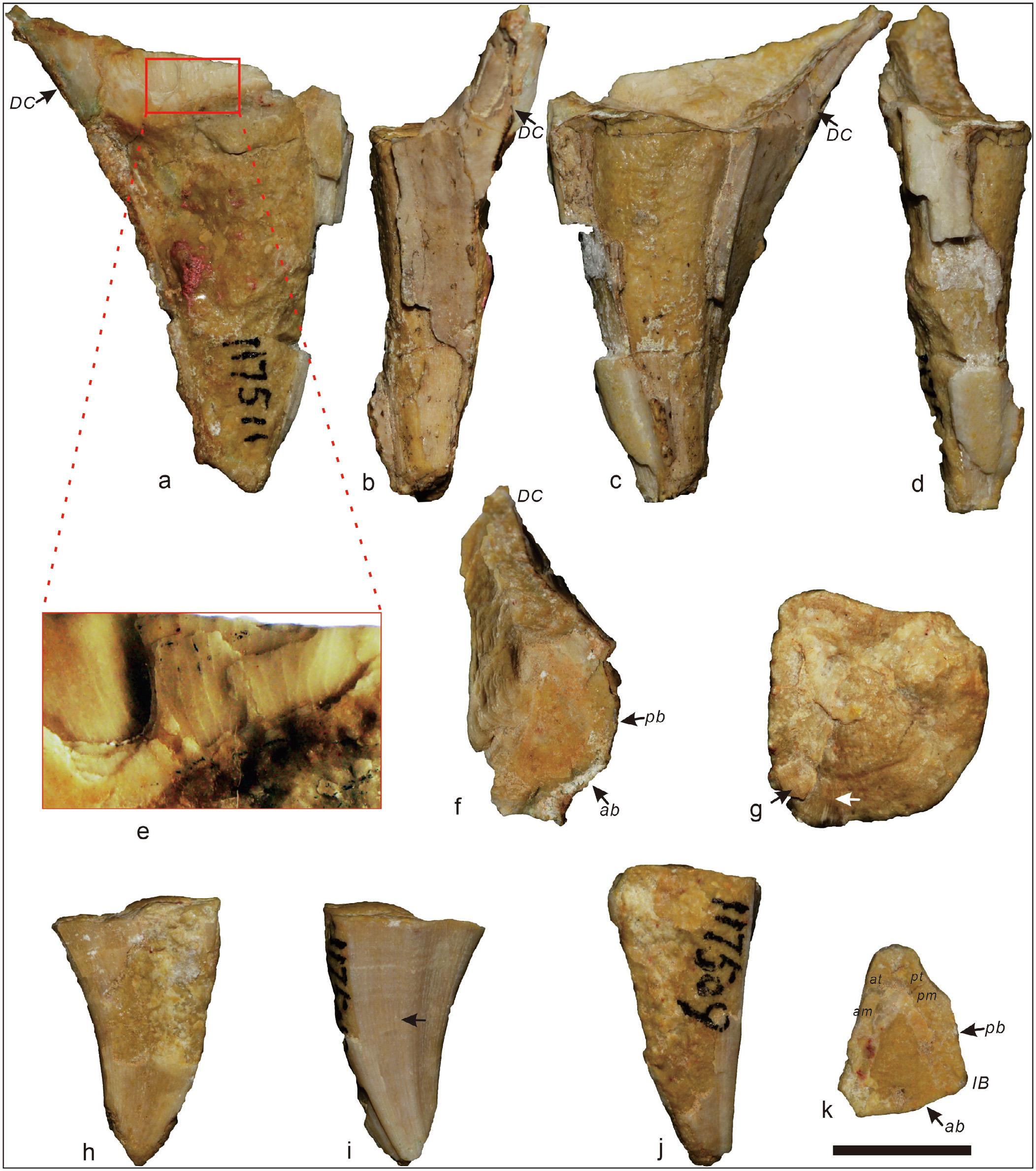
Taxonomy and paleobiogeographic implication of Glabrobournonia Morris and Skelton (Hippuritida, Radiolitidae) from the Late Cretaceous Yigeziya Formation, southwestern Tarim Basin (Palaeoworld. https://doi.org/10.1016/j.palwor.2022.05.003)
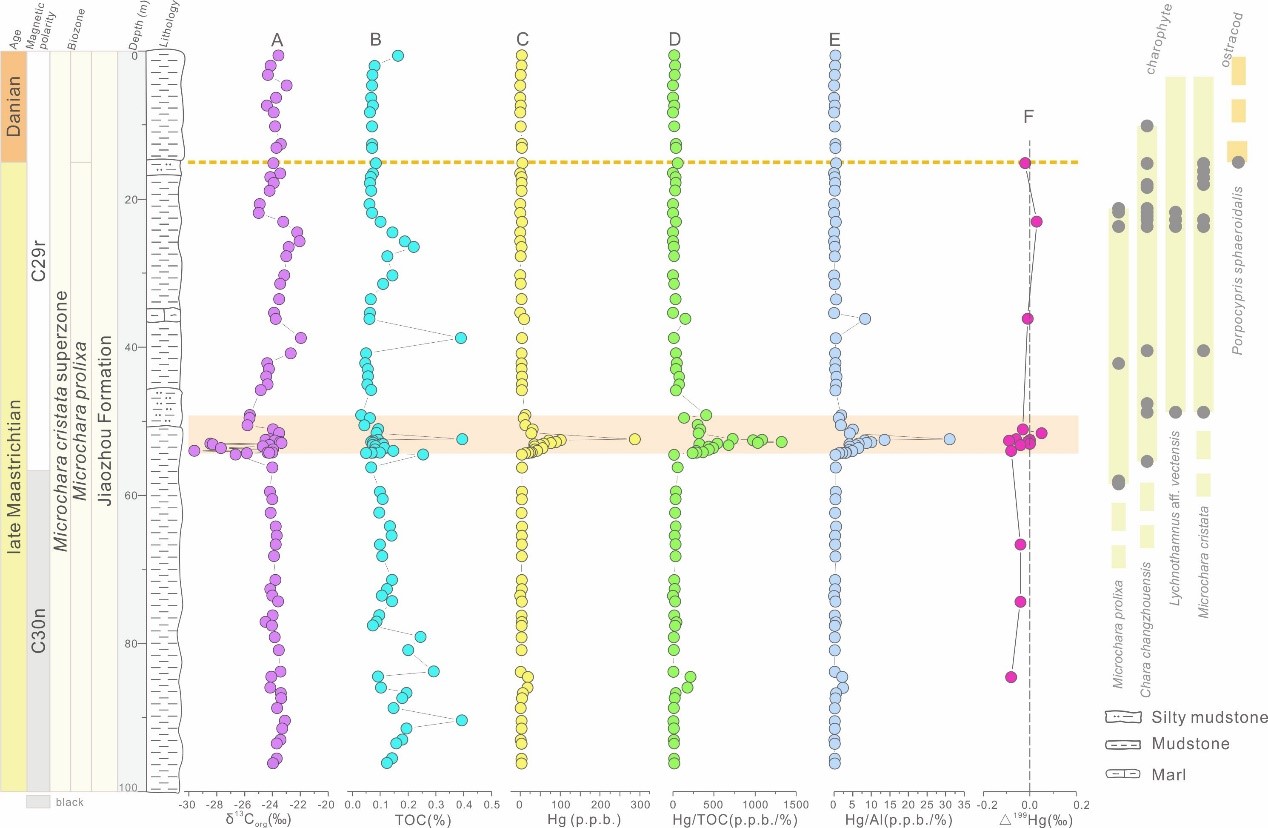
Mercury evidence of Deccan volcanism driving the Latest Maastrichtian warming event. (Geology. https://doi.org/10.1130/G50016.1)
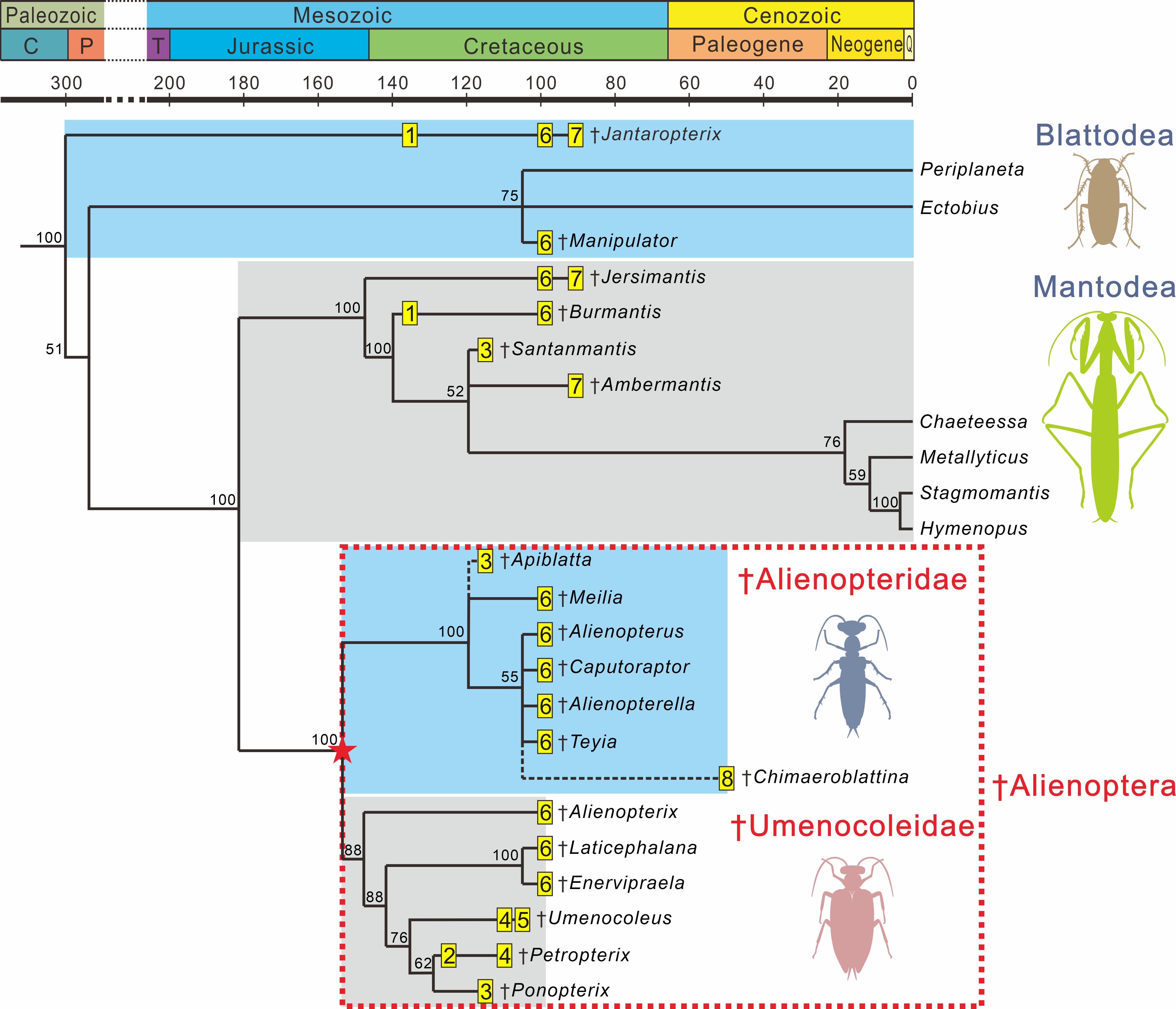
Life history and evolution of the enigmatic Cretaceous–Eocene Alienopteridae: A critical review. (Earth-Science Reviews. https://doi.org/10.1016/j.earscirev.2021.103914)
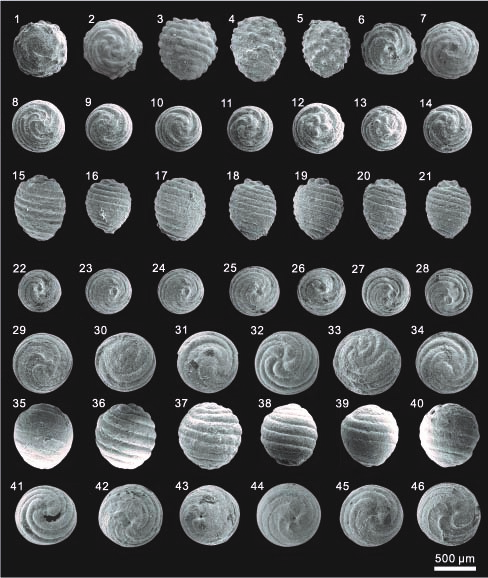
Asian Paleocene charophyte records demonstrate Eocene dispersals from Asia to Europe. (Journal of Paleontology. https://doi.org/10.1017/jpa.2021.118)

Southward migration of Arctic Ocean species during the Last Glacial Period. (Geophysical Research Letters https://doi.org/10.1029/2022GL100818)

Thermal coupling of the Indo-Pacific warmpool and Southern Ocean over the past30,000 years. (Nature communications. https://doi.org/10.1038/s41467-022-33206-y)
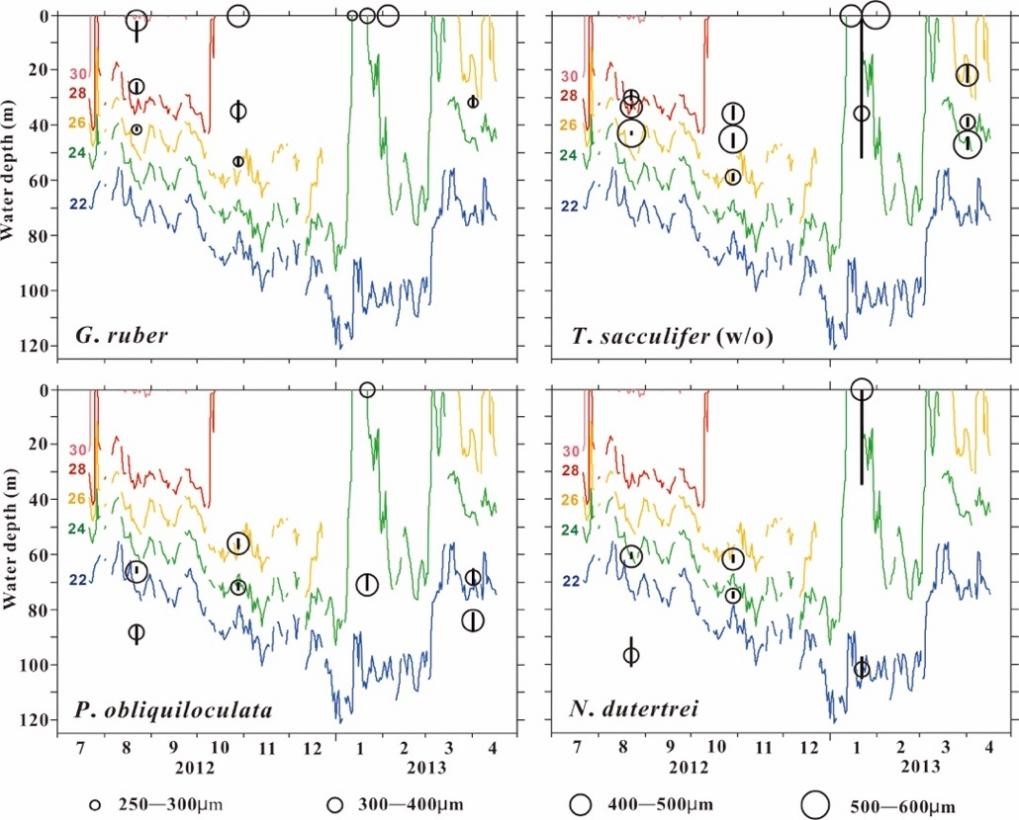
The influence of seasonal calcification depth change on the planktonic foraminiferal stable oxygen isotope signal. (Geochimica et Cosmochimica Acta. https://doi.org/10.1016/j.gca.2022.04.014)
Download:
